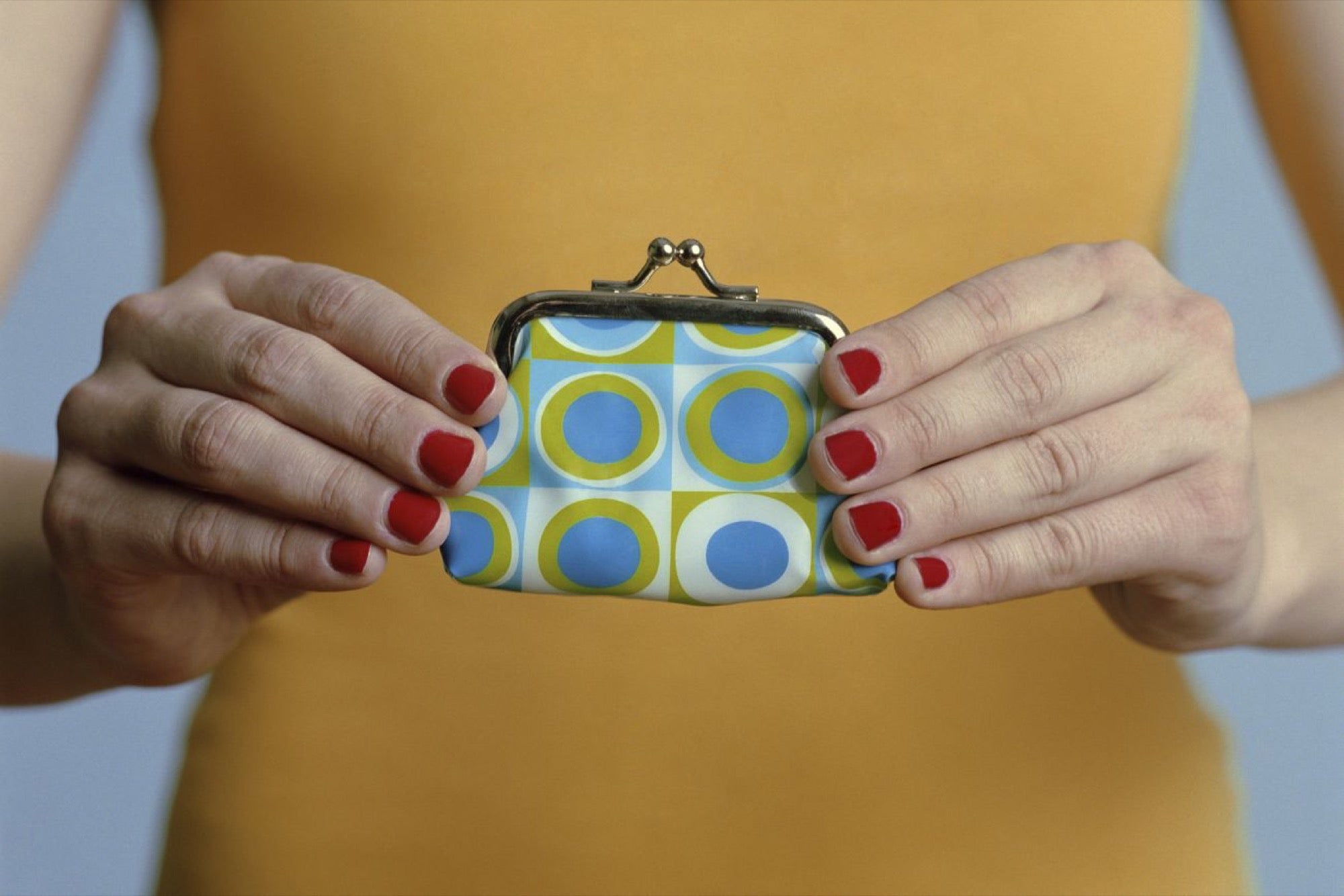Democratic Design Doctrine: Business Outcomes Through Experience Co-Creation Design is no longer a linear sequential process, but rather a circular continuous enablement of an experience that is in the process of being built.
Opinions expressed by Entrepreneur contributors are their own.
You're reading Entrepreneur Middle East, an international franchise of Entrepreneur Media.

In my last article about design, I highlighted how important design has become in creating transformative experiences. The article generated a lot of responses and questions around how businesses can embrace design to transform their organizations, and in particular, how design can help them to accelerate the adoption of digital technologies while creating a new culture of innovation.
As I mentioned before, design has always been present, but with different accents. Today, the way on how design is introduced and considered into a creation process has also changed. For many years, design was the first iteration of product development and the beginning of the conceptualization process, with abrupt cut offs that passed "design" to the implementation or manufacture of the object or experience. Over time, silo-ed design approaches evolved into co-creation, which combined inputs from multidisciplinary teams with target customer personas needs to synthesize the sum of all parts that manifest into a customer-centric value proposition. This "Democratization of Design" approach will determine the next generation digital disruptors.
As design-enabling technologies evolve, it became easier (and less costly) to prototype, try, tease and experiment, giving design the possibility to not only be at the very beginning of any creation process, but become a continuous input generator as the execution of the design takes place. This is what we call continuous co-creation, where design never really stops, and the same principles of agile iteration development gets implemented to design. Design then is no longer a linear sequential process, but rather a circular continuous enablement of an experience that is in the process of being built.
Related: Promoting (Innovative) Critical Thinking In The MENA Workplace
Today, we are experiencing an important paradigm shift where design is no longer an aesthetic component, but rather, an exigent driver of human behavior. Design has transcended users' mere functional utility through interaction with the designed artifacts. Rather, it became an embodiment of empathy with users' underlying emotions and motivations, and a trigger of predicted behaviors that ultimately drive business outcomes. The way we design is not only a representation of what we aim as a business, our values and beliefs, but also what are our business objectives. The approach in which we design and then execute changes the behavior of our customers and employees. From a physical layout to the latest digital application, design is driving behaviors and business results across industries and domains. Thus, design is a hidden gem, which most of the times is undervalued, and one of the key success factors of any business in today's changing environment.
Illustrations of this approach can be extracted from several business examples across industries and domains. In the physical domain, a clear example can be drawn from Starbucks, where design is the driving force of its success. From the moment a patron enters the coffee shop space, each sensory touch point has been carefully conceived to create the cozy experience where coffee (the core product) is merely one of the elements of the entire enjoyment journey. The furniture, wall art, background music, smell of coffee, even the personal touch of writing the customer's name on the cup and calling them out on a first-name and friendly basis, are part of the experience design.
Whether you are a young entrepreneur launching a new venture, or an enterprise executive looking for a new revenue source, design needs to be at the forefront of your aim. In this context, the pre-requisite of design is a desired business outcome that is both achievable and measurable. By adhering to this simple concept as a first principle, we are enabled with a powerful foundation to deliver a continuous approach of "Behavioral Insights Driven Design" which creates experiences that drive behavior and business results.
Creating these new experiences requires a combination of diverse and scattered skills. Strategy, analytics, design and technology capabilities are combined to craft a customer journey that effectively drives behaviors. This true multi-disciplinary team operates on an iterative basis, learning from the responses that their designs stimulate, to then adapt and evolve the same designs accordingly. Thus, design becomes an organic system, which by its nature evolves dynamically and constantly.
Related: Three Guaranteed Tactics To Make Your Marketing Effective (And Easy)












